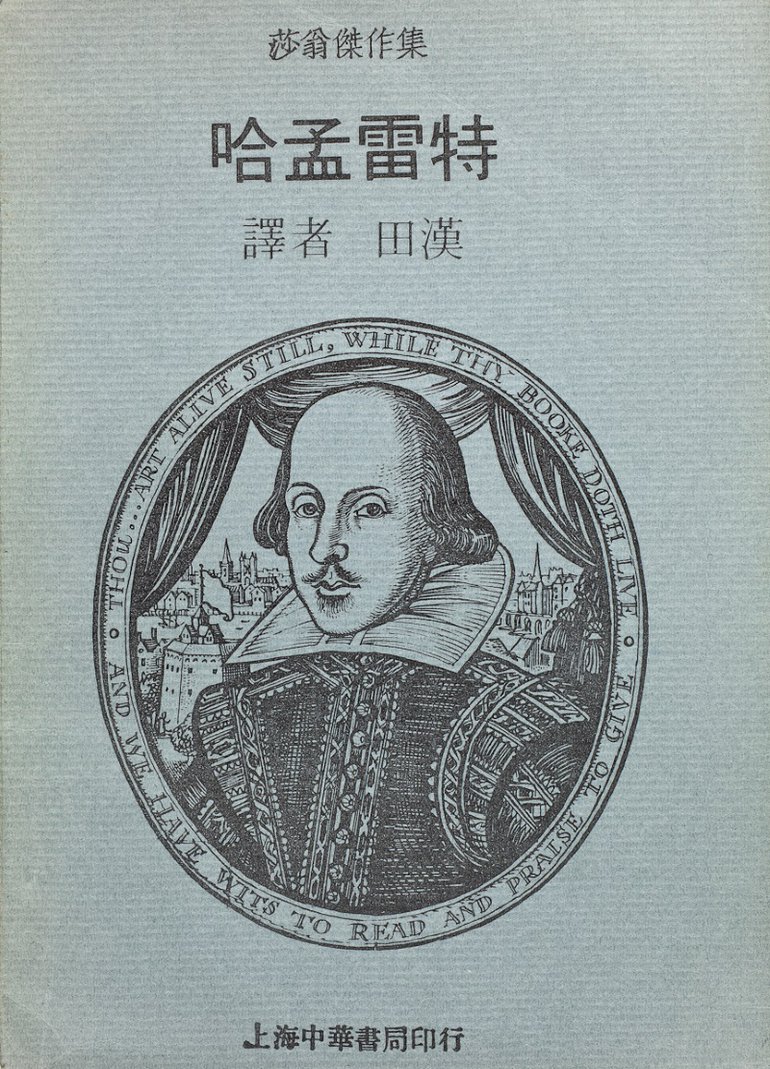China’s ability to contain the spread of the new coronavirus not only serves as a lesson for other countries facing this crisis but also offers a much-needed glimmer of hope. A mission organised by the World Health Organisation (WHO) states in a report that “China’s bold approach has changed the course of a rapidly escalating and deadly epidemic. This decline in COVID-19 cases in China is real.”[1]
With this hopeful message in mind, I would like to pay tribute to China and our Chinese visitors by exploring a selection of our items that have a connection with this fascinating country.

The first item is an early printed book published in 1603. It’s Abraham Ortelius’s Map of the World (1603), a pocket atlas still in its original binding, which is a favourite book with many staff and visitors. It contains a map of China as well as a description of the country. Ortelius (1527-1598), a cartographer, seller of books, prints and maps, created the first European printed map of China. He travelled extensively and with help from his international friends built a collection of maps. Ortelius describes China as “very pleasant”, a country where “fruits doe rype thrice in one yeare” and the “ayre is temperate.” Of the people, he says that they “are so industrious and carefull. They have faire lawes, which they observe with all rigour.” His knowledge of China is detailed, he lists the number of cities and towns: There are “590 cities and 1674 townes” and an “infinite number of villages and Pallaces… in this most famous Kingdome, not only of Asia but all the worlde.”[2]

Although Shakespeare translations into Chinese were published relatively late, in the early twentieth century, Shakespeare might have arrived in China long before then. One of our most intriguing non-English language items is a Manchu dictionary, published in 1829. Theodore Martin, a poet and translator, gifted this book to the Memorial Theatre Library in the late nineteenth century. In the accession register, which records book donations and purchases, this dictionary is recorded as a translation of Macbeth. A few years ago, my former library volunteer, Lingling Xie, confirmed that this wasn’t a translation of Macbeth but a dictionary of the Manchu language. Why the donor thought it was Macbeth in Chinese will probably never come to light. Bound in precious silk, this is, without doubt, one of the most unusual items in our library.

Our earliest book in Chinese is the second edition of Lambs’ Tales from Shakespeare originally published in 1807 and republished in 1914. The authors, the siblings Charles and Mary Lamb, adapted Shakespeare’s plays to introduce his stories to younger readers. It is interesting to note that the first translation into Chinese is that of an adaptation of his works.
Our second earliest Chinese translation is by Tian Han who translated Hamlet. The Trust library holds a reprint of the 1922 translation. The frontispiece shows Shakespeare as a young child playing with his mother in the garden. The translator Tian Han (1898-1968), a Chinese playwright, composed the lyrics of the March of the Volunteers in 1934 which were later adopted as the National Anthem of the People’s Republic of China.

A life-size portrait of Shakespeare painted on a large paper scroll is one of the most impressive visual representations of Shakespeare that I have encountered in our collection. It’s a dramatic departure from the traditional portraits of Shakespeare that we are so familiar with. Unlike the calm expression that marks the Droushout portrait, this Shakespeare is much livelier and his eyes are filled with passion. Created by the Chinese artist Liu Bingliang of Shenyang, Liaoning Province, China, Liu Bingliang produced this portrait for the 440th Birthday anniversary of Shakespeare. The inscriptions underneath the portrait provide a brief biography and summary of Shakespeare’s works.
Showing our collection items to Chinese visitors is always a treat. Watching them looking at our precious books, documents and artefacts, you can see the excitement dancing in their eyes. Their enthusiasm and love for Shakespeare is boundless. I am sure, like me, you can’t wait to open our doors again to our Chinese visitors.
[1] https://www.sciencemag.org/news/2020/03/china-s-aggressive-measures-have-slowed-coronavirus-they-may-not-work-other-countries [Accessed 30th March 2020]
[2] Ortelius, Abraham. Abraham Ortelius his epitome of the Theater of the world. London: printed for Ieames Shawe, and are to be
solde at his shoppe nigh Ludgate, 1603.
